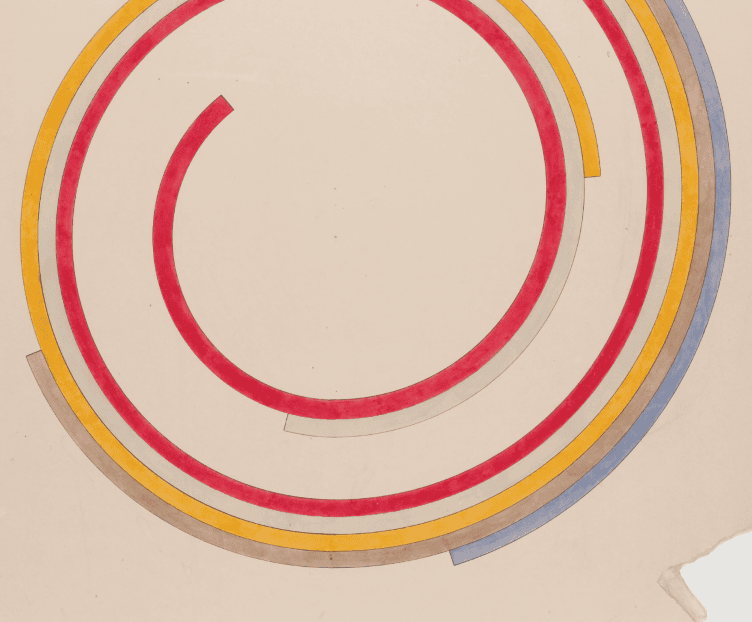About the Briefing
This handout was created for the AHA’s February 6, 2019, Congressional Briefing, “How Congress Reforms Itself: Historical Perspectives on Rules Changes.” Panelists Matthew Wasniewski (U.S. House Historian), Daniel S. Holt (U.S. Senate Assistant Historian), and John Lawrence (UC Washington Center) discussed the historical context of Congressional reform. Michele Swers (Georgetown) served as moderator.
A recording of the briefing is available to watch on C-SPAN.
House of Representatives Reform Efforts: Centralization vs. Decentralization
Over 230 years, reforms have included innovating new procedures, collapsing or expanding committee jurisdictions, and instituting new ethics and transparency rules.
- Top down: Speakers Henry Clay or Thomas Brackett Reed.
- Bottom up: circa 1900, and the 1970s.
- Unintended or unanticipated consequences
Congressional reformers also have generally gravitated toward one of two poles—either the centralization or the decentralization of power. Biennial elections and proportional representation—accounting for the House’s size and frequency of turnover—historically have been powerful decentralizing forces. Yet, to make the House work as a legislative body, centralizing forces have also been deployed over many decades: from a strong speakership to rules that limit the power of any one individual. Two particularly significant eras are “Reed’s Rules” of the 1890s, and “Uncle” Joe Cannon in the early 1900s.
Senate Reform Efforts: Rule XXII and the Filibuster
Whether praised as the protector of political minorities from the tyranny of the majority, or attacked as a tool for anti-majoritarian obstruction, the right of unlimited debate (including the filibuster) offers potential power to a minority party or faction or even an individual Senator. It was not until 1917 that an amendment to Rule XXII allowed two-thirds of senators present and voting to limit debate and force a vote on a measure. This was followed by:
- 1949: amendment raised the cloture threshold to two-thirds of whole Senate.
- 1950s-1970s: various liberal efforts to limit use of filibuster by conservative southern Democrats through the “Constitutional option” failed.
- 1975: amendment of Rule XXII lowered the threshold for cloture to three-fifths of the whole Senate—today’s familiar 60-vote threshold. Left in place the requirement of a two-thirds vote of the whole Senate to invoke cloture to change the rules.
- 2013 and 2017 “nuclear option” lowered the cloture threshold on judicial and executive nominations to a simple majority. Used parliamentary procedure, not standing rules.
Congressional Reform and Wave Elections, 1974 to present
In the nearly half century since the post-Watergate election of 1974, the number of so-called “wave elections” – especially affecting the House of Representatives–has significantly increased. The elections of 1994, 2006, 2010, and 2018 all fit the 1974 model: large numbers of new members enter the House in an off-year election, sending a powerful signal in favor of change and reform.
- Key trends in past half century: ideological realignment, voter sorting, closer margins, and a constant competition for majority control
- Dissimilarities in wave elections: change in party control? Not in 1974.
- Similarities: Often consensus among wave winners for “reform” against ineffectuality, corruption, and ineffectiveness, challenging power centers in the House, from the leadership to the chairmen.
- Large incoming classes often younger and less experienced, yet more reflective of the party’s ideological base (particularly in “safe” districts)
- This typically has led to intra-caucus divisions and debates over policy questions, pitting caucus loyalty against centrism.
Participant Biographies
Matthew Wasniewski is Historian of the United States House of Representatives. He previously served as a historian within the House Clerk’s Office of History and Preservation prior to his appointment. Wasniewski earned a Ph.D. in history in 2004 from the University of Maryland, College Park and his undergraduate and master’s degrees from James Madison University.
Daniel S. Holt is the Assistant Historian at the U.S. Senate Historical Office. He earned a Ph.D. in history in 2008 from the University of Virginia, where his studies focused on U.S. political, legal, and financial history. At the Senate Dan’s responsibilities include creating online features, documentary editing, conducting oral histories with Senators and former staff, giving talks and tours at the Capitol, and answering questions from the public about the Senate’s institutional development and its historical role in the American political system. Prior to joining the Senate Historical Office, Dan was a historian at the Federal Judicial Center from 2009-2016, where he edited volumes II and III of Debates on the Federal Judiciary: A Documentary History.
John Lawrence is a Visiting Professor at the University of California’s Washington Center and author of The Class of ’74: Congress After Watergate and the Roots of Partisanship (2018). His most recent publication focuses on the congressional response to the 2008 financial crisis, “When American Stared Into the Abyss,” in The Atlantic. He has an undergraduate degree from Oberlin and a Ph.D. in history from the University of California (Berkeley). Lawrence served for 38 years as a staff member in the House, the last eight as Chief of Staff to Speaker Nancy Pelosi.
Michele Swers is a Professor of American Government at Georgetown University. She earned her Ph.D. from Harvard University. Dr. Swers’ research and teaching interests encompass Congress, Congressional elections, and women and politics. She has written two books on women and representation in Congress: The Difference Women Make: The Policy Impact of Women in Congress (2002) and Women in the Club: Gender and Policy Making in the Senate (2013). She is currently working on a project that examines differences in the policy views and support coalitions of Republican men and women in Congress.
Related Resources

December 23, 2025
History of Federal Science Funding

October 29, 2025
